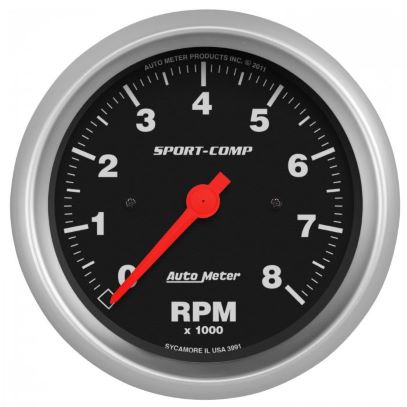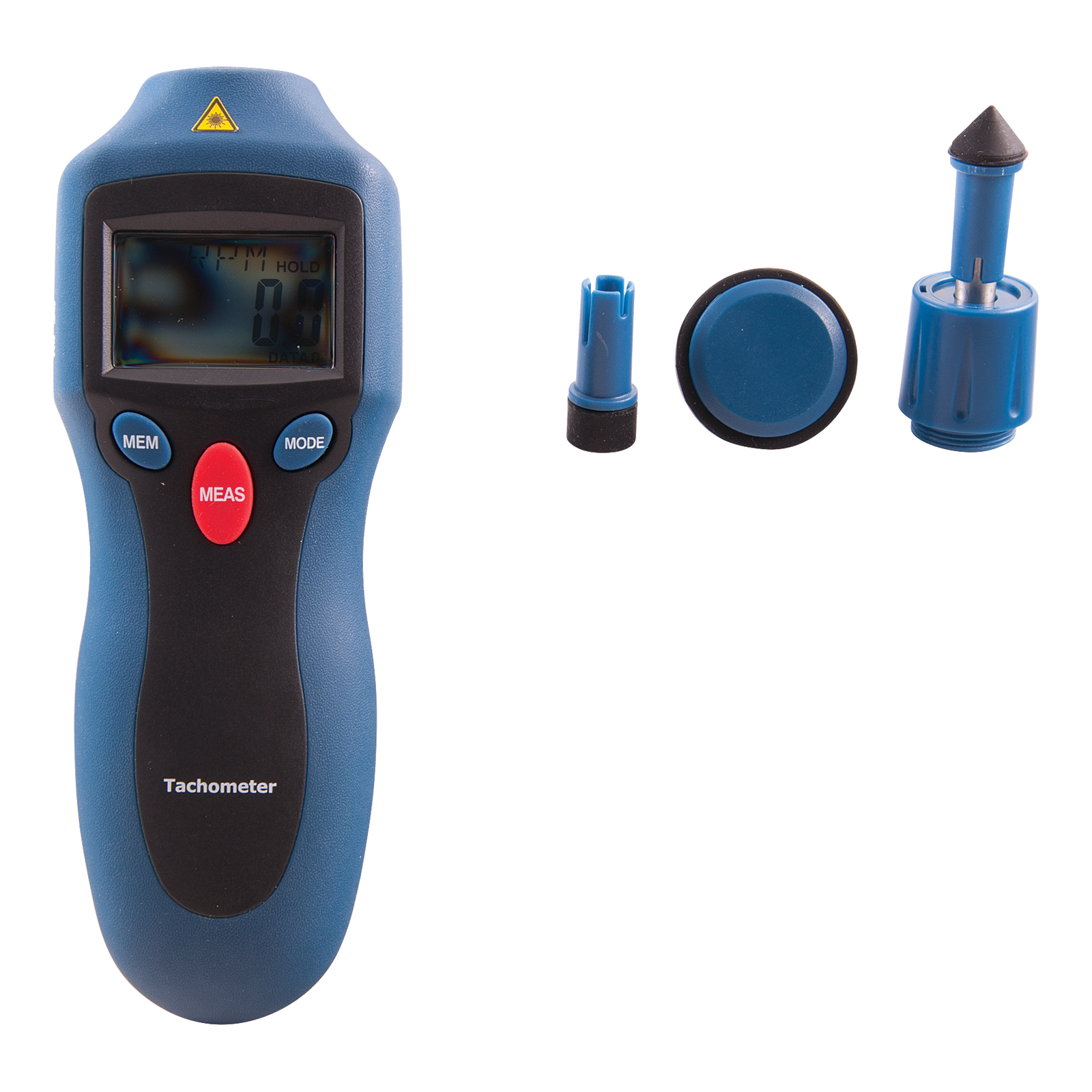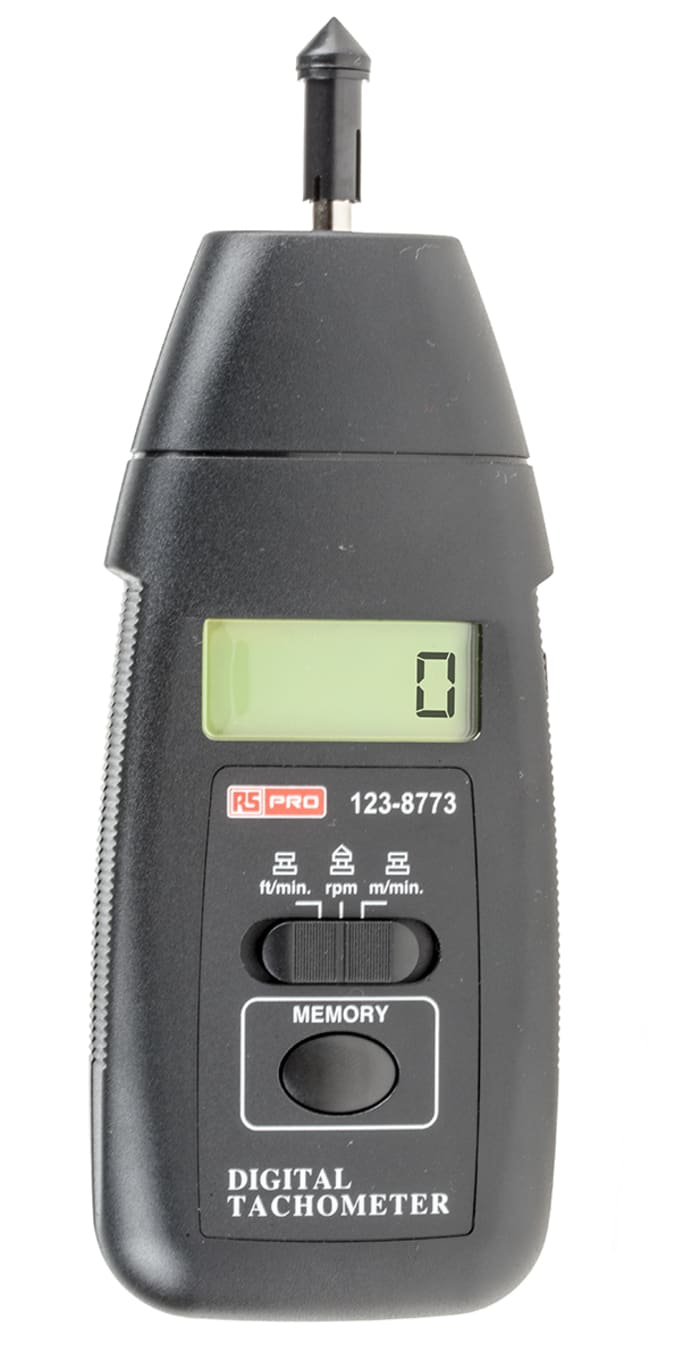Exactly how to Select the Right Tachometer for Your Auto or Bike
Exactly how to Select the Right Tachometer for Your Auto or Bike
Blog Article
The Importance of a Tachometer in Checking Engine Speed and Efficiency in Automotive Applications
In the world of auto design, the tachometer stands as a pivotal tool in the motorist's toolbox, providing a direct home window right into the internal workings of a car's engine. Beyond its feature as a simple scale of transformations per min (RPM), the tachometer offers as a critical device for fanatics and specialists alike, offering real-time understandings right into engine efficiency and wellness.
Relevance of Monitoring Engine RPM
Monitoring engine RPM, or changes per min, is an important facet of vehicle upkeep and performance assessment. Engine RPM directly associates with the rate at which the engine's crankshaft turns, suggesting how quickly the engine is running - tachometer. By monitoring RPM, mechanics can analyze the wellness of the engine, find prospective issues, and fine-tune efficiency. An uncommon RPM analysis may signal troubles such as engine misfires, malfunctioning ignition system, or issues with the gas shipment system. Consistently high RPM analyses might indicate hostile driving routines or the need for a greater equipment shift to boost fuel performance.
Furthermore, checking engine RPM is vital for efficiency analysis in auto racing and high-performance lorries. Keeping ideal RPM levels is vital for attaining peak power outcome and velocity. Racers commonly use tachometers to ensure they are running within the perfect RPM array for maximum performance. In recap, keeping track of engine RPM is not just vital for finding issues however additionally for optimizing engine efficiency in numerous automotive applications.

Benefits of Real-Time Data
In automobile applications, real-time data plays an important function in supplying instantaneous understandings right into the efficiency and problem of the automobile. By continually checking numerous criteria such as engine rate, temperature, fuel consumption, and much more, real-time data offers numerous benefits that add to boosted performance and security on the roadway.
Additionally, real-time information helps with performance optimization by offering prompt feedback on driving practices and engine efficiency. Drivers can readjust their actions in real-time based on this info to attain far better fuel economic climate and lengthen the lifespan of their vehicle.

Additionally, real-time data plays an essential duty in contemporary auto diagnostics, allowing service technicians to rapidly identify and resolve breakdowns. This brings about reduced downtime, lower upkeep expenses, and ultimately, enhanced total vehicle dependability and long life (tachometer). By harnessing the power of real-time information, auto stakeholders can make educated decisions that favorably affect both the performance and click over here long life of the automobile
Effect On Gear Shifts
The tachometer plays an essential role in optimizing equipment shifts by providing real-time engine rate data to the vehicle driver. When approaching the redline on the tachometer, link it indicates the vehicle driver to upshift to stop over-revving the engine and causing potential damage.
In addition, the tachometer help in achieving smoother equipment changes, especially in hands-on transmissions. By keeping an eye on engine rate, vehicle drivers can perform gear changes at the optimum RPM range, decreasing snagging activities and lessening wear on the transmission elements. This precision in equipment modifications not only boosts driving convenience but additionally adds to sustain efficiency.
Enhancing Fuel Efficiency
Given the crucial function the tachometer plays in optimizing equipment shifts for efficiency and engine health and wellness, it directly adds to maximizing gas effectiveness in automotive applications. By giving real-time comments on engine speed, the tachometer assists vehicle drivers in preserving the most reliable RPM array for gas economy. When chauffeurs consistently keep an eye on the tachometer and adjust their driving practices appropriately, they can prevent unnecessary gas intake triggered by pop over to these guys over-revving or hauling the engine.
Furthermore, the tachometer aids vehicle drivers determine the most fuel-efficient equipment to be in at any kind of given minute, preventing the engine from functioning more difficult than essential. In final thought, the tachometer serves as a useful tool in improving gas efficiency by promoting optimum driving behaviors and determining areas for improvement in the automobile's performance.

Taking Full Advantage Of Engine Durability
The tachometer's function in keeping track of engine rate and performance is instrumental in making sure the longevity of auto engines. Checking the tachometer allows drivers to remain within the recommended RPM range for their vehicle, protecting against unneeded pressure on the engine and extending its life expectancy.

Conclusion
To conclude, the tachometer plays a crucial role in monitoring engine speed and efficiency in automotive applications. By supplying real-time information on RPM, it enables effective equipment shifts, boosted fuel performance, and made best use of engine longevity. This tool is crucial for keeping optimal engine efficiency and making sure the overall capability of a lorry.
Report this page